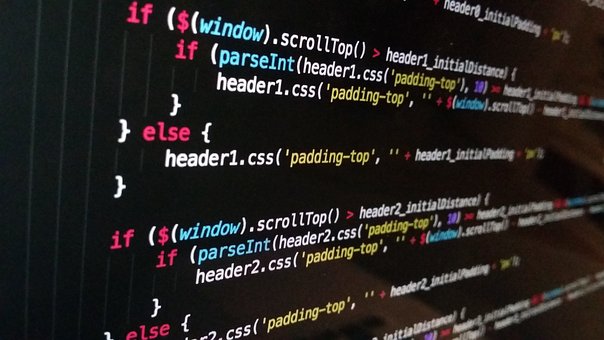就在不久前,高三AP班的R同学在RD(常规申请)阶段成功斩获了范德堡大学的录取通知书,并且这一录取是整个西南地区仅有的1枚,这无疑是给学校的辉煌录取成果又增添了光辉的一笔!成外国际部的学霸们源源不断地迈进世界名校的大门!那么,成外国际部是怎样助力学生们拿到藤校Offer的呢?其中当然离不开高质量的国际竞赛奖项!
USACO不仅是对学生编程能力的检验,更是通往国际舞台的敲门砖。对于正寻求申请美国大学的学生尤其重要,USACO的高水平获奖经历能够为申请增添不少分数。在诸如麻省理工大学、斯坦福大学和哈佛大学等名校中,USACO的成绩被视为评估申请者计算机编程能力的重要标准。
一、学术价值层面
1.专业能力证明
算法与编程领域:
高效算法设计: USACO竞赛要求学生在面对复杂问题时,能够设计 高效算法 进行求解。
编程语言运用: 展示学生对 编程语言(例如 Python、Java、C++ 等)的熟练掌握。
算法设计: 体现学生在 算法设计 方面的能力,例如贪心算法、动态规划等。
数据结构运用: 证明学生能够灵活运用各种 数据结构(例如数组、链表、树、图等)解决问题。
数学领域:
数学建模: 题目涉及 数学建模,例如建立数学模型解决实际问题。
数论与图论: 涉及 数论、图论 等数学分支,考察学生的数学直觉和抽象思维能力。
对学科深造有帮助: 这些能力对学生在 数学、物理 等学科的深造具有积极作用。
2.学习能力体现
循序渐进: 学生需要从 铜级 逐步提升到更高级别,这体现了学生的 学习能力 和对知识的 掌握程度。
持续学习: 竞赛要求学生不断学习和实践,才能在更高级别的比赛中取得好成绩。
二、升学助力层面
1.美国高校认可
计算机科学、数学和工程学专业: 在申请美国大学时,USACO竞赛成绩作用显著,尤其是 计算机科学、数学和工程学 专业。
名校重视: 像 卡内基梅隆大学、斯坦福大学、麻省理工学院 等顶尖高校,非常看重USACO竞赛成绩。
学术实力证明: USACO竞赛成绩是学生 学术实力 的有力证明,能够帮助学生在申请中脱颖而出。
2.其他国家高校青睐
全球认可: 对于申请 英国、加拿大 等其他国家顶尖高校的学生,USACO竞赛成绩同样能够增加他们在申请中的 竞争力。
展示才能: 竞赛成绩能够展示学生在 计算机领域 的才能和 潜力。
三、职业发展层面
1.就业优势明显
科技公司重视: 全球知名科技公司,例如 Google、Facebook、Microsoft、Amazon 等,在招聘时非常重视候选人的 编程能力 和 问题解决能力。
优先考虑: USACO金奖学生通常能够获得 实习 和 全职职位 的 优先考虑。
2.职业道路拓宽
前沿技术领域: 无论是 人工智能、区块链、数据科学 等前沿技术领域,还是 金融科技 等行业,USACO竞赛所培养的能力都能为学生打下扎实的技术基础。
技术型岗位: 竞赛能力能够为学生打开 技术型岗位 的大门,例如软件开发、数据分析、算法工程师等。
扫码咨询usaco学术活动辅导课程+免费领取历年真题&参考书









